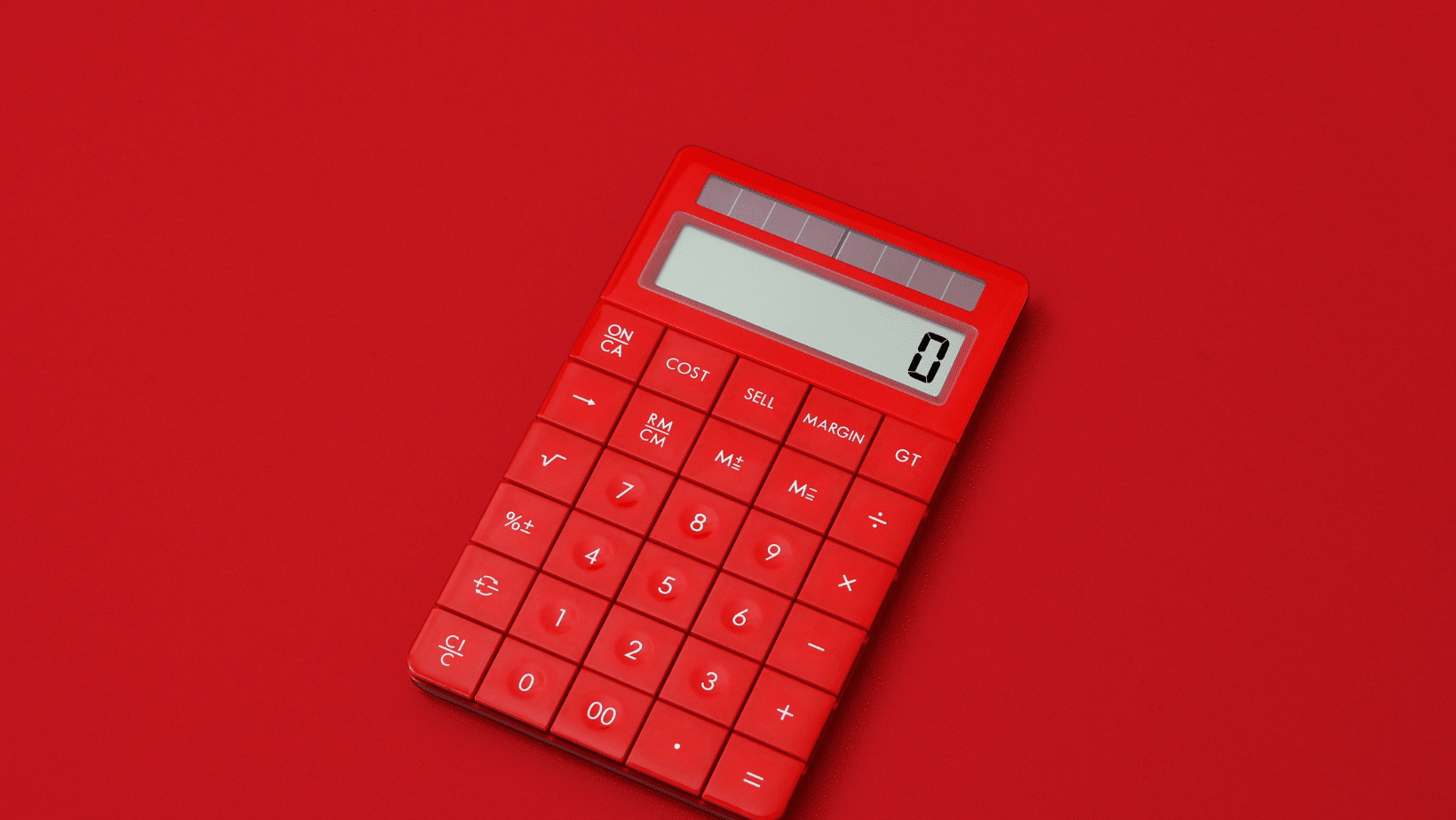
Insert the number of persons you’ve had sex with and our calculator will tell if that’s a lot.
Your number is compared to 5.000 persons in the age range 18 – 99 years old.
What is a sex calculator or sexual partner calculator?
A sex calculator or sexual partner calculator is an online tool designed to compare an individual’s sexual history, particularly the number of sexual partners they’ve had, with data collected from other users. Users typically input their gender, age range (for example, 18-89 years old), and the number of people they’ve had sexual relations with. This tool then compares the inputted data with its database, which in your case consists of data from 4,819 other individuals.
The purpose of such calculators can vary: some might use it for curiosity, to see how their sexual activity compares with others, while others might use it for more serious reasons, such as understanding sexual behaviors within a certain age group. It’s important to note that the use of these calculators should be approached with a mindset of healthy curiosity or academic interest rather than judgment or comparison, as sexual behavior is a personal and complex aspect of human life.
Why is it interesting to follow the average body count by age and gender?
Following the average number of sexual partners (often colloquially referred to as “body count”) by age and gender can be interesting for several reasons, both from a sociological and individual perspective:
- Sociological Research and Understanding: From a sociological viewpoint, understanding sexual behaviors can provide insights into societal norms, sexual health trends, and cultural attitudes toward sexuality. It can help researchers and public health officials identify patterns, such as the prevalence of sexually transmitted infections (STIs) in certain age groups or the effectiveness of sexual education programs.
- Public Health: Data on sexual activity, including the number of partners, is valuable in public health for tracking and managing the spread of STIs. It can also inform strategies for safe sex education and initiatives targeting specific age groups or genders.
- Psychological and Societal Norms: Exploring these averages can shed light on psychological and societal norms regarding sexuality. It may reveal how attitudes and behaviors change with age or differ between genders, reflecting broader societal attitudes towards sexuality.
- Individual Curiosity and Comparison: On a personal level, some individuals might be curious to see how their sexual experiences compare with those of others in their demographic group. This curiosity can stem from a desire to understand one’s sexual behavior in the context of broader societal norms.
- Sexual Health Education: Understanding average sexual behaviors by age and gender can help tailor sexual health education programs. For example, if a particular age group shows a higher number of average sexual partners, this might indicate the need for targeted sexual health education and resources.
- Academic Research: This data can be valuable for academic research in fields like psychology, sociology, and public health. It can lead to a better understanding of human sexual behavior, which is a fundamental aspect of human life. The Bedbible Research Center researched the average number of sexual partners which you can read more about here.
Methodology
We found the data at the General Social Survey (GSS) which is a free resource that’s widely used in the social sciences. It’s a go-to source for information about society and trends. The GSS Data Explorer is a tool created by NORC, an organization that helps share GSS data. This tool is used by lawmakers, people who make policies, researchers, teachers, and others to understand and use the information collected by the GSS.
We extracted and combined the following variables:
And used this formula to calculate it
inputAge: the respondent’s age
inputGender: the respondent’s gender
inputNumber: the number of respondent’s sexual partners
sexualPartners: sum of nummen and numwomen
comparisonValue: (Count of respondents where sexualPartners < inputNumber / count of respondents) * 100
Data
Data collected from 2018 – 2022
Respondents: 4819
Number of female respondents: 2660
Number of male respondents: 2159
Age range: 18 – 89
See the data here: https://docs.google.com/spreadsheets/d/1dwHapuboDN-W5jjatm27KazI0CQMYgpdniMlh_i-Od0/edit?usp=sharing
